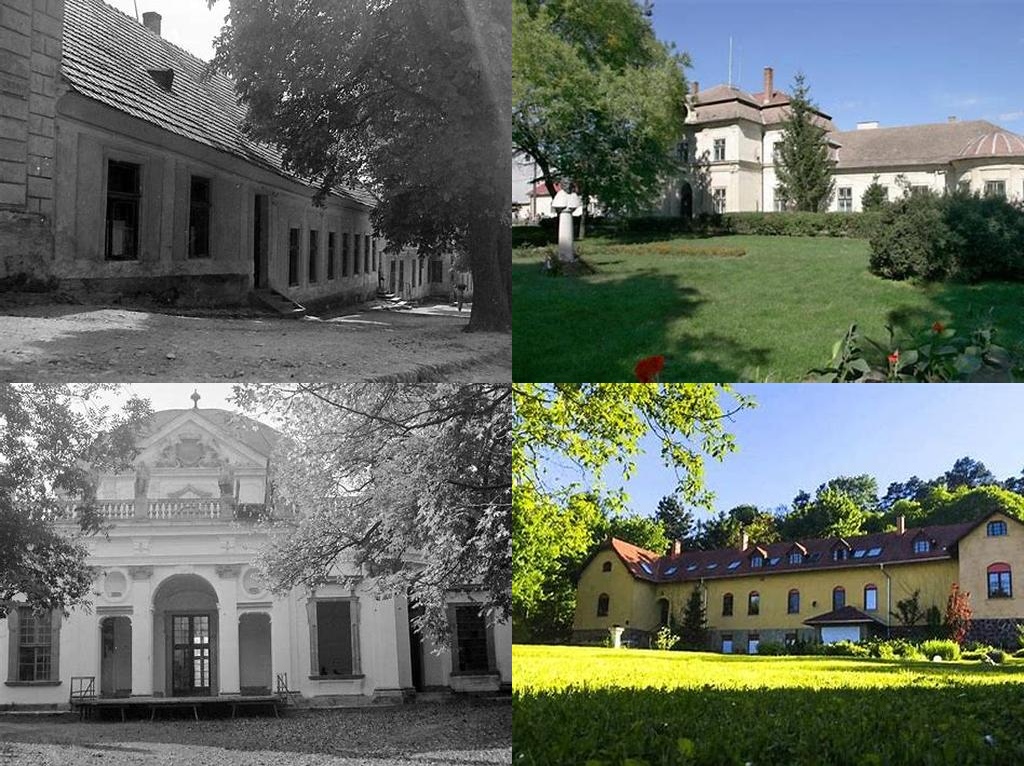
Chlebovits-kúria stands quietly in the village of Úny, a tranquil spot in the Komárom-Esztergom region that might not appear on most travel itineraries, which is exactly what makes a visit here feel like a personal discovery. When you turn a corner and spot its pleasing Baroque forms, the mansion almost seems surprised to see you as well. Quiet, but not at all somber, the building is gracefully proportioned—neither ostentatiously grand nor naively rustic. There’s something deeply inviting about places like the Chlebovits-kúria, where history lingers in the air and the patina of stories is thick on the walls, but where you’re unlikely to be jostled by busloads of tourists wielding selfie sticks. It is the kind of location that rewards lingering curiosity, a little research, and slow walks with open eyes.
There’s a particular satisfaction in finding out when a place like this first entered the world. The Chlebovits Mansion dates back to a period dotted with both upheaval and artistic flourish: local records point to the late 18th century, around when the current structure most likely rose from the ground. This was an era when noble families in Hungary—and indeed across Central Europe—showcased their status and sensibilities through gracefully designed homes, spaces where the rigors of rural life could be offset by art, learned conversation, and (one hopes) the occasional feast. The family that left its name most firmly attached—Chlebovits—were part of an era that saw social and architectural change threading through the countryside, even while it remained largely agricultural. Walking in the garden, you might wonder what conversations took place under its old trees: news of the shifting Habsburg empire, traditions maintained for generations, laughter in quiet corners.
What sets the Chlebovits-kúria apart from grander city palaces and shinier tourist draws, though, is this layered ordinariness. Despite its proud Baroque facade, there’s an atmosphere of lived history rather than staged grandeur. The home is believed to have integrated older foundations, much like the Hungarian countryside itself, which overlays century upon century of change. Evidence suggests that at various times, the mansion functioned as more than a noble home: it may have hosted agricultural management, administrative gatherings, and, in the more recent 20th century, even been adapted for community functions. If you are the kind of traveler who likes to lean in closely and imagine the lives of long-ago inhabitants, or who stands silently in a creaking hallway and listens for echoes, Úny’s Chlebovits Mansion will not disappoint.
Inside, if you’re lucky enough to visit during an event or guided tour, you may be able to peek at rooms where arched ceilings and wide doorways offer a sense of bygone elegance. Not every detail is preserved in museum-perfect trim, yet this only adds to the charm; whitewashed walls, simple window frames, and the occasional glimpse of original wooden beams give the place an authentic, tactile atmosphere. The old cellars beneath the mansion are another point of quiet fascination. Originally used perhaps for storing wine, foodstuffs, or secret plans (every mansion is improved by a sprinkle of mystery), these cool, shadowy spaces now seem to store layers of memory instead.
The village of Úny itself is a wonderful backdrop for such an architectural gem. Ancient chestnut and walnut trees dot the landscape, and if you visit in the spring, the air is sweet with blossom. There’s a rhythm to life here that follows the seasons, with neighbors tending gardens, church bells ringing nearby, and the hills around dotted with walking paths for those who want to explore. It is not flashy or modern or “Instagrammable,” but it is genuinely alive—a place where local stories are passed along quietly, and where visitors are welcomed as friends for an afternoon.
There’s even the added pleasure of discovery: because the Chlebovits-kúria isn’t blasted across glossy magazines, you’re unlikely to have your experience framed by the expectations of thousands before you. This is history on a human scale—a house that feels like it has seen centuries unfold around it, and yet is present and alive in the current day. Whether you’re a fan of Hungarian history, a lover of architecture, or simply someone in search of places that feel undiscovered, the Chlebovits Mansion in Úny is worth a detour. Here, you’ll find the kind of quiet magic that lingers long after you’ve left, a sense of stepping sideways in time—one Baroque threshold at a time.





